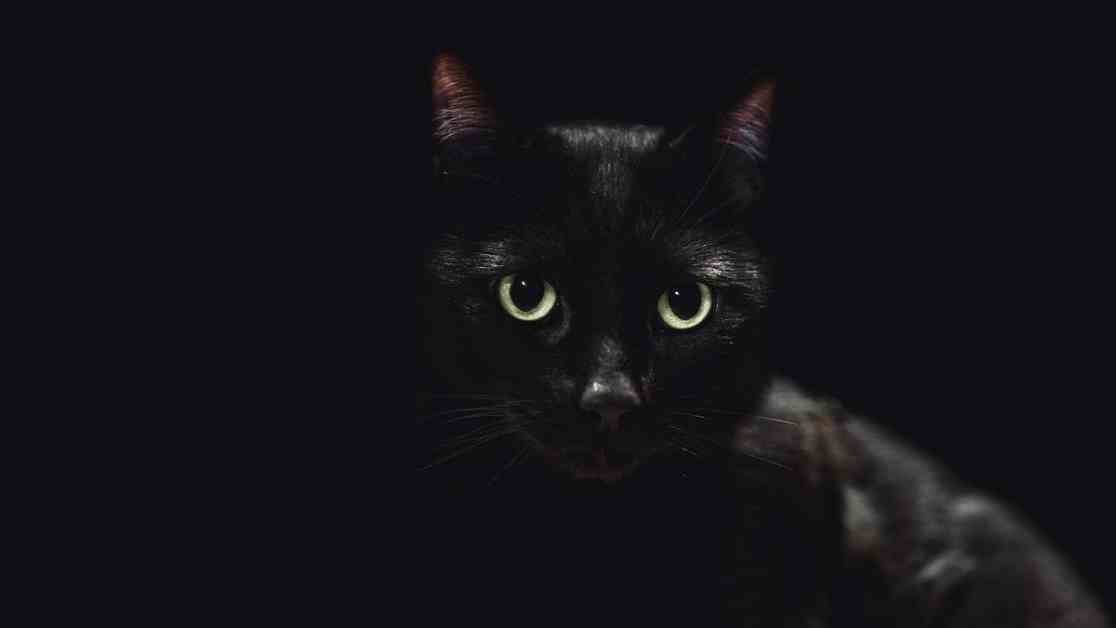Superstitions, lore, and myths have a powerful impact on the subconscious mind, shaping people’s beliefs and behaviors towards animals. Black animals, such as black cats, often fall victim to negative superstitions, leading to lower adoption rates and false beliefs about their behavior. However, these biases are unfounded and can have detrimental effects on conservation efforts.
In the natural world, color variations play a crucial role in the survival of wildlife, serving as a form of concealment, communication, and temperature regulation. Animals with extreme color abnormalities, such as all black or all white individuals, face unique challenges in their habitats. These rare colorations are the result of genetic mutations, such as the MC1R gene, which can affect coat color in animals.
Interestingly, laws and protections for white or albino animals are more common than those for black or melanistic counterparts. White animals are often celebrated and given special rights, while black animals do not receive the same level of recognition. This discrepancy is surprising, considering the rarity of melanistic animals and the potential for increased human interest and protection.
The long-standing associations of colors with good and evil, purity, and impurity have deep roots in human history and folklore. These unconscious biases influence how people perceive and interact with the world around them, often perpetuating harmful ideologies. It is essential to challenge these ingrained beliefs and examine the impact they have on conservation efforts and animal welfare.
As we reflect on the influence of superstitions, lore, and myths this Halloween, let us consider the real-life implications of these beliefs on our subconscious minds. By questioning and confronting our biases, we can work towards a more inclusive and compassionate relationship with the animal kingdom.
Elizabeth Carlen, a postdoctoral fellow at Washington University in St. Louis, has conducted research on the impacts of urbanization and environmental racism on Eastern Gray Squirrels. Her work highlights the importance of understanding and addressing the underlying biases that shape our attitudes towards wildlife.










